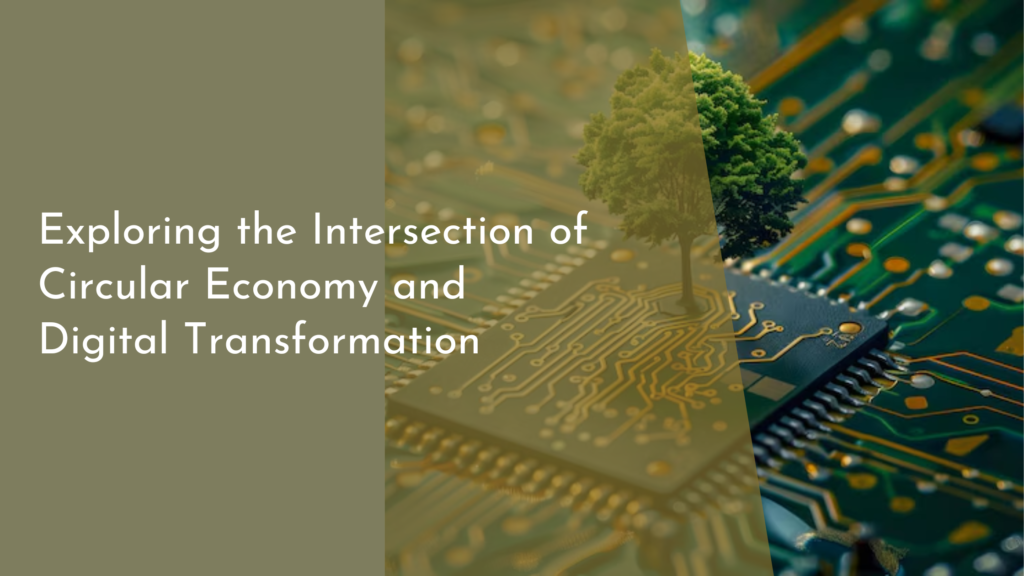The chemistry of biodegradable polymers
In an era where environmental concerns are at the forefront of global discussions, the quest for sustainable materials has led to the rise of biodegradable polymers. These innovative materials offer an eco-friendly alternative to traditional plastics, which can take centuries to decompose. The chemistry behind biodegradable polymers is not just fascinating but also pivotal in addressing the pressing issue of plastic waste. By delving into the science and various types of biodegradable polymers, we can appreciate their potential to revolutionize our relationship with the materials we use daily.
Biodegradable polymers are designed to break down into natural substances like water, carbon dioxide, and biomass through the action of living organisms, primarily microbes. This natural process reduces the burden on landfills and minimizes environmental pollution, making biodegradable polymers a crucial component in the effort to mitigate climate change. Their ability to decompose under specific environmental conditions means they can be tailored for various applications, from packaging to medical devices, providing functionality without compromising our planet’s health.
Understanding Biodegradable Polymers: A Green Revolution
The concept of biodegradable polymers emerged in response to the growing environmental crisis caused by excessive plastic use. Conventional plastics are derived from fossil fuels and can persist in the environment for hundreds of years, leading to pollution and harm to wildlife. In contrast, biodegradable polymers are often derived from renewable resources such as corn, sugarcane, and even waste materials, offering a sustainable alternative to traditional plastics. This green revolution in materials science is not just a trend; it is a necessary shift towards sustainability and conservation of our natural resources.
These polymers can be engineered to decompose under specific conditions, such as in industrial composting facilities or even within natural ecosystems. This controlled biodegradation is achievable thanks to the unique chemical structures of biodegradable polymers, which allow them to be broken down by enzymes produced by microorganisms. As the world seeks solutions to combat plastic pollution, the rise of biodegradable polymers signifies a hopeful shift towards a more sustainable future, where materials are designed with the environment in mind.
The Science Behind Biodegradation: How It Works
The biodegradation process involves a series of biochemical reactions initiated by microorganisms that feed on organic materials. The process begins with the physical and chemical breakdown of the polymer’s structure. As these polymers are exposed to moisture, heat, and microbial activity, enzymes produced by bacteria and fungi begin to act on the polymer chains, breaking them down into smaller oligomers and monomers. This transformation is crucial, as it converts complex materials into simpler, non-toxic compounds that can be assimilated into the environment.
One of the most common types of biodegradable polymers is polylactic acid (PLA), derived from fermented plant starch. PLA undergoes hydrolysis, where water molecules break the ester bonds in the polymer chain. This reaction leads to the formation of lactic acid, which can further be utilized by microorganisms for energy. Other biodegradable polymers, such as polyhydroxyalkanoates (PHA), are produced by bacteria through fermentation processes. These materials are not only biodegradable but also biocompatible, making them excellent candidates for medical applications like sutures and drug delivery systems.
Types of Biodegradable Polymers: A Fun Overview
Biodegradable polymers come in various forms, each tailored for specific applications and performance characteristics. One popular category is aliphatic polyesters, which includes PLA and polycaprolactone (PCL). These materials have excellent mechanical properties and can be used for everything from packaging films to agricultural products. Their versatility and ability to degrade under composting conditions make them a favorite among manufacturers seeking eco-friendly options.
Another interesting class of biodegradable polymers is the biopolymer category, which includes starch-based polymers and cellulose derivatives. Starch can be processed into a wide range of materials, and its biodegradable nature makes it an excellent candidate for food packaging and disposable utensils. Cellulose, derived from plant cell walls, can also be converted into biodegradable films and fibers. This variety of biodegradable polymers showcases the innovative approaches researchers are taking to develop sustainable materials that meet consumer needs while protecting the environment.
The Future of Biodegradable Polymers: Innovations Ahead!
The future of biodegradable polymers is bright, with ongoing research and development aimed at enhancing their properties and expanding their applications. Scientists are exploring new biopolymer formulations that improve strength, flexibility, and thermal stability while ensuring they remain environmentally friendly. Innovations in polymer science also include the integration of nanotechnology to create advanced biodegradable composites that can outperform traditional materials in terms of durability and functionality.
Moreover, as consumer awareness grows and regulations around plastic use tighten, the demand for biodegradable polymers is expected to skyrocket. Industries are investing in sustainable practices, and many are shifting towards using biodegradable materials in their product lines. This trend is not just an opportunity for innovation but also a pathway to a greener, more sustainable economy. With continual advancements on the horizon, biodegradable polymers are poised to play a significant role in creating a cleaner, healthier planet for future generations.
In conclusion, the chemistry of biodegradable polymers is a testament to human ingenuity and our commitment to finding sustainable solutions for modern challenges. By understanding the mechanisms of biodegradation and embracing the diverse types of biodegradable polymers available, we can contribute to a circular economy that minimizes waste and maximizes resource efficiency. As innovation continues to drive this field forward, biodegradable polymers are setting the stage for a greener tomorrow, where materials and nature can coexist harmoniously. Let’s embrace this exciting journey towards sustainability and make conscious choices that benefit both ourselves and our planet!

